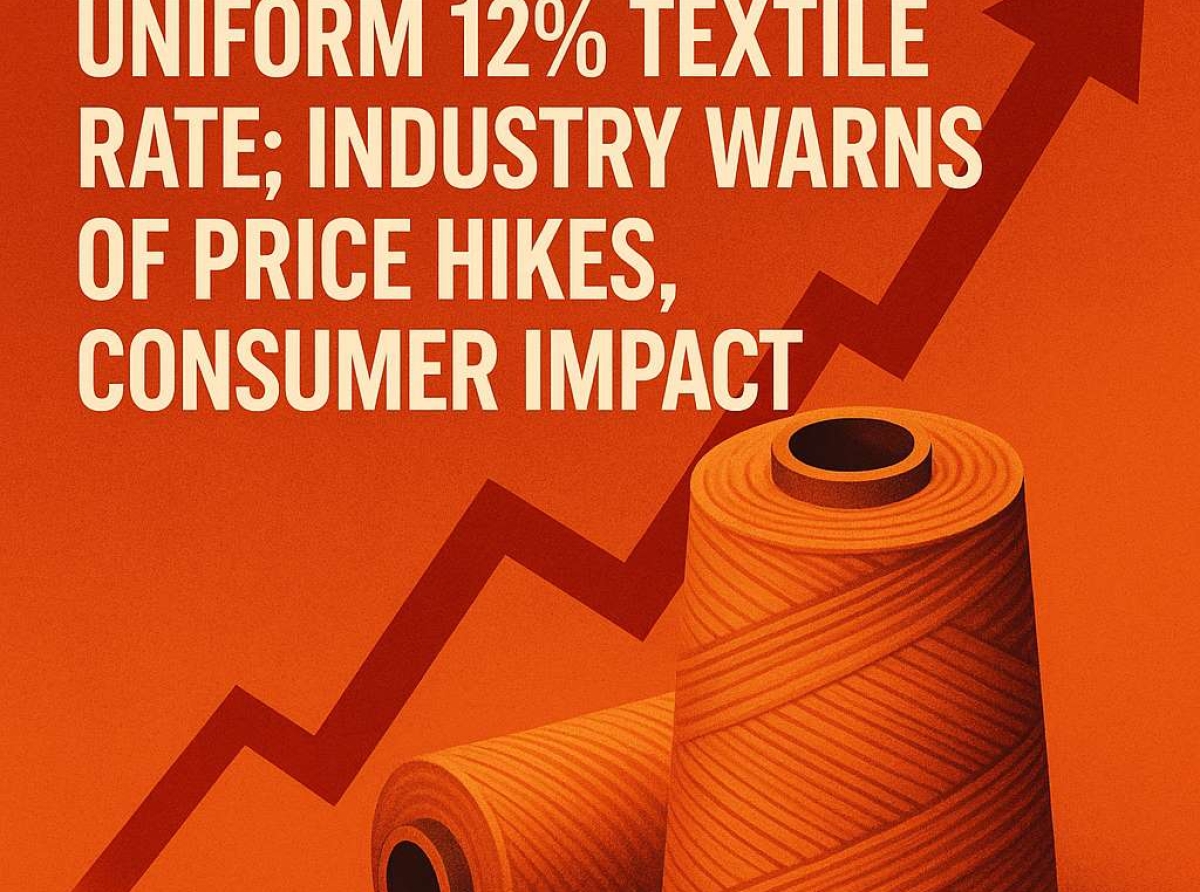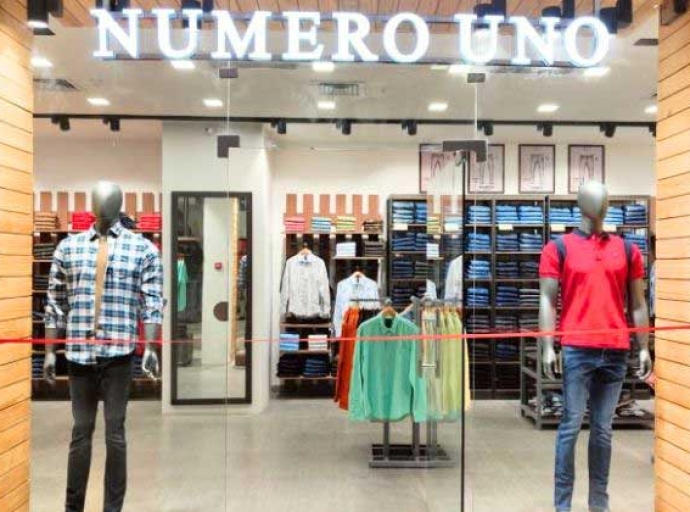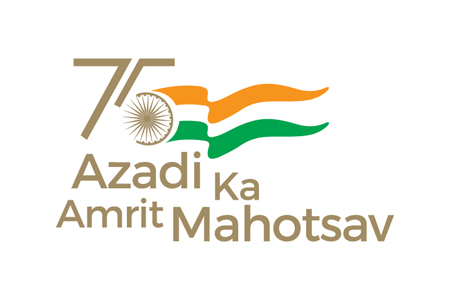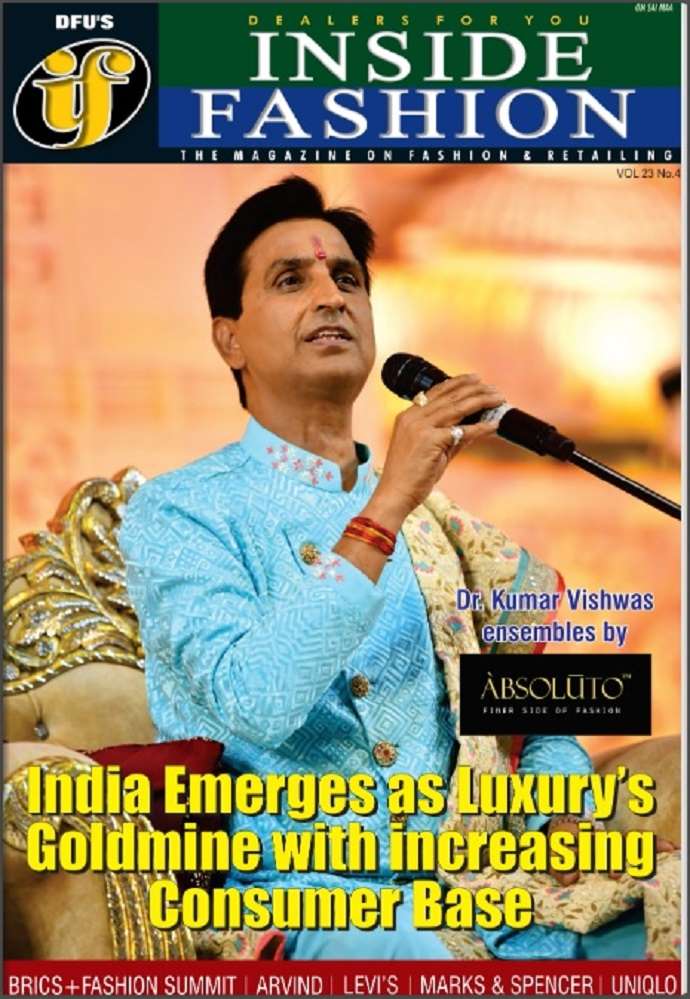GST Council considers uniform 12% textile rate; industry warns of price hikes, consumer Impact

The Indian textile industry is poised for a significant reform as the Goods and Services Tax (GST) Council is expected to consider a proposal for a uniform 12 percent GST rate across the entire textile value chain before September 2025.
Read our latest issue
This move aims to rectify the long-standing issue of inverted duty structure, streamline tax rates, reduce compliance burdens, and attract much-needed investments into the sector.
A senior government source, speaking to Moneycontrol, revealed that the proposal is likely to be a key part of the Group of Ministers' (GoM) rate rationalization report and has the backing of the Centre.
"Correction of textile inverted duty is pending. Cotton is at 5 percent – it's a farm produce logic, but it is not working. It is no longer delivering the intended benefit in the context of GST. Yarn is at 12 percent. The proposal is to bring everything to 12 percent," the source stated, emphasizing the urgency to address these discrepancies.
Addressing the Inverted Duty Structure
Currently, the textile sector operates under a complex GST regime with varying rates. As per current regulations, garments priced below ₹1,000 attract a 5 percent GST, while those priced at ₹1,000 or more are taxed at 12 percent. This, along with other disparities, contributes to the inverted duty structure:
● Cotton: 5 percent
● Yarn: 12 percent
● Synthetic Fibres and Chemicals: 18 percent
● Garments below ₹1,000: 5 percent
● Garments at or above ₹1,000: 12 percent
This multi-tiered structure, particularly the lower rate on cotton (due to its "farm produce logic") compared to higher rates on inputs like synthetic fibres and chemicals, creates an inverted duty structure. This leads to the accumulation of input tax credit (ITC) that cannot be fully utilized against output tax liability, thus locking up working capital for businesses.
As the government source explained, "If inversion is there, investments will not come. Inverted duty refund should be stopped… working capital is used. Overall, it pushes the price up. It's a cleaner design – don't distort the rate structure." The reliance on refund claims for accumulated ITC also adds to administrative burden and delays for businesses.
Simplifying garment taxation and boosting synthetics
The proposed uniform 12 percent rate is also expected to eliminate the existing price threshold for garments, applying a flat rate regardless of value. "Garments up to Rs 1,000, a threshold is there. Make everything at 12 percent irrespective of any threshold for simplification, it may be proposed.
As it is, it's not a levy on the farmers, it is a levy on the buyer," the source added. This would significantly simplify the current system which has a 5% rate for garments priced below ₹1,000 and 12% for those at or above ₹1,000.
Furthermore, the reform aims to address the disproportionately high tax on synthetic products, which form a significant part of mass consumption in India. Currently, chemicals are taxed at 18 percent, synthetic fibres at 18 percent, and yarn at 12 percent. "If at all we have to put the burden on the user, then there is a need to reduce the rate on polyesters and synthetics. That is what is used by the masses.
Then they blend it with cotton. That is how the chain is. But the rate structure is reversed," the source noted. A uniform 12 percent rate across the synthetic value chain would "clean up – else there are hidden costs. Money gets stuck. Industry also is not able to compete."
However, the prospect of a uniform 12% GST rate on garments, particularly for those currently taxed at 5% (i.e., those below ₹1,000), has raised significant concerns within the industry whenever discussed in the past, with many warning of an adverse impact on consumer prices and demand. Industry bodies have previously voiced strong opposition to such a hike. "It is unfortunate that those who buy clothes costing less than Rs 1,000 will be the most affected," stated Vinod Kumar Gupta, managing director of Dollar Industries, during a similar discussion in late 2021. Rajesh Masand, Past President of the Clothing Manufacturers Association of India (CMAI) has also previously noted that "the market is likely to see a 15-20% price increase in garments in the coming season even without the GST rate increase" due to other input cost pressures, suggesting that a further GST hike would only exacerbate this. The Confederation of All India Traders (CAIT) has also been vocal, highlighting that "Roti, Kapda & Makaan are three basic things of life... the cloth, which was accessible, has also been made expensive by the GST Council." Critics argue that increasing the GST on essential clothing, especially for the lower and middle-income groups, could dampen consumption and push a portion of the unorganized sector out of the GST net, potentially counteracting the very aim of formalization.
Industry voices and expectations
The textile industry has consistently advocated for GST rationalization. Industry bodies like the Clothing Manufacturers Association of India (CMAI) have long pressed for a uniform and lower GST rate, arguing that it would lead to higher compliance and increased revenue for the exchequer.
"A uniform and low tax rate of five per cent can be a big game changer for the entire textile basket of the country," stated Rahul Mehta, Chief Mentor, CMAI, in a past representation, advocating for a fiber-neutral GST. Similarly, K. Selvaraju, Secretary General of the Southern India Mills Association, has also expressed the need for a fiber-neutral rate, suggesting a 5% rate for most products and 12% only for garments and fabrics priced above ₹2,000 (though the current slab is ₹1,000). While the industry's ideal may be a 5% uniform rate, the proposed 12% uniform rate is seen as a significant step towards addressing existing distortions and simplifying the tax structure, albeit with the noted concerns for the mass-market garment segment.
The GST Council's decision, expected before September, will be crucial in shaping the future trajectory of India's textile industry, paving the way for a more streamlined, competitive, and investment-friendly environment, while also navigating the concerns regarding potential price increases for everyday garments.
Latest Publications

































